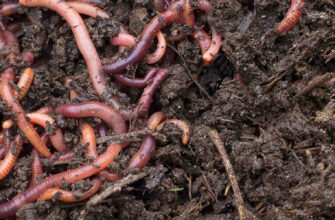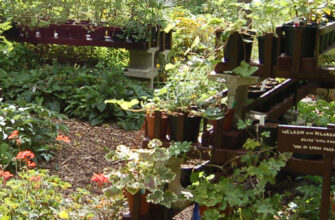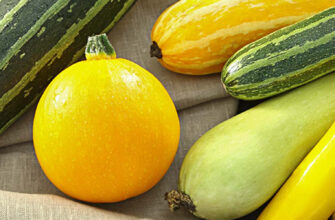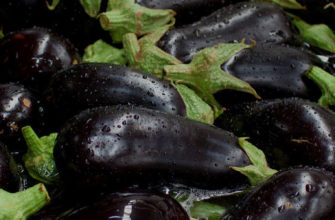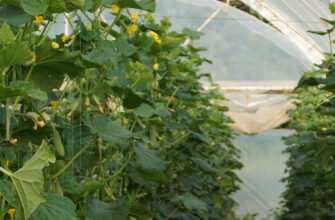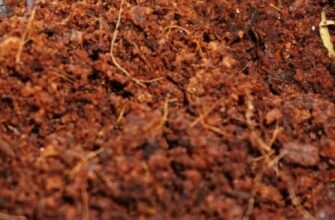Winter sowing of carrots is not a widely used practice, but with the right approach, it can lead to an early harvest of sweet and juicy roots by the beginning of summer. The key is to choose the proper variety, follow sound cultivation techniques, and consider weather conditions.
Benefits of Sowing Carrots in Autumn
- Early harvest. Fresh carrots by June, when last season’s supply is gone and the new crop hasn’t matured yet.
- Efficient land use. After harvesting carrots in summer, the bed can be reused for fast-growing crops like lettuce, radishes, or herbs.
- Time-saving in spring. Autumn preparation saves valuable time during the busy spring period.
- Juicy roots. Thanks to abundant spring moisture, carrots germinate quickly and grow vigorously.
Note: Winter-sown carrots are not suitable for long-term storage and are best consumed fresh during summer.
Where Is Winter Sowing of Carrots Practiced?
Though not universally applied, winter carrot sowing is practiced in several countries with temperate climates and mild winters:
- Netherlands – used for early market “baby carrots” with protective film cover.
- Germany – common in southern and western regions for early fresh-market produce.
- France – in mild regions like Brittany, carrots are sown in late autumn under mulch or agrofabric.
- USA – practiced in California and Oregon, where winters are mild.
- Japan – applied in coastal zones with maritime climates, combined with warm beds and mulch.
- Ukraine, Poland, Czech Republic, Lithuania – used by small farms and home gardeners to produce early bunching carrots for fresh markets.
In Northern Europe (Sweden, Finland, Denmark), the method is less common due to deep winter frosts. In Mediterranean countries like Italy or Spain, autumn sowing is practiced, but it’s more of a late-season sowing rather than a true overwintering method.
Choosing the Right Site and Preparing the Soil
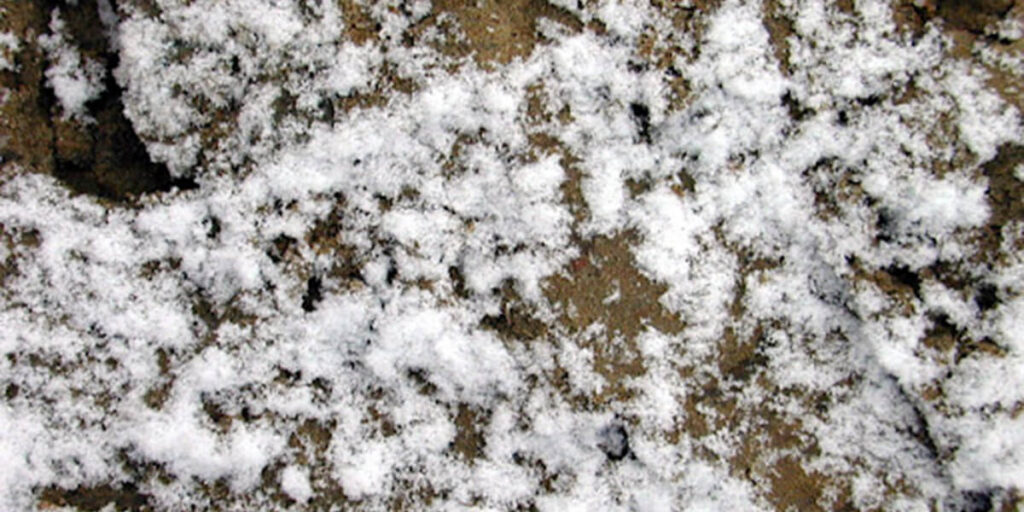
- Soil: Loose, fertile, well-drained, and on level ground. A slightly elevated bed helps warm the soil faster in spring.
- Soil pH: Optimal range is 6.0–7.0. If needed, adjust pH with dolomitic lime.
- Disinfection: Treat beds with a mild potassium permanganate solution before sowing.
Prepare furrows 3 cm deep in advance (before the soil freezes), pressing the bottom. Store dry soil separately for covering, along with compost, peat, or humus (4–5 buckets per square meter).
Best Carrot Varieties for Winter Sowing
Use early, cold-tolerant varieties that are not prone to bolting. Nantes-type carrots, with cylindrical roots and blunt ends, are ideal. Other early-maturing varieties that produce “bunching carrots” are also suitable.
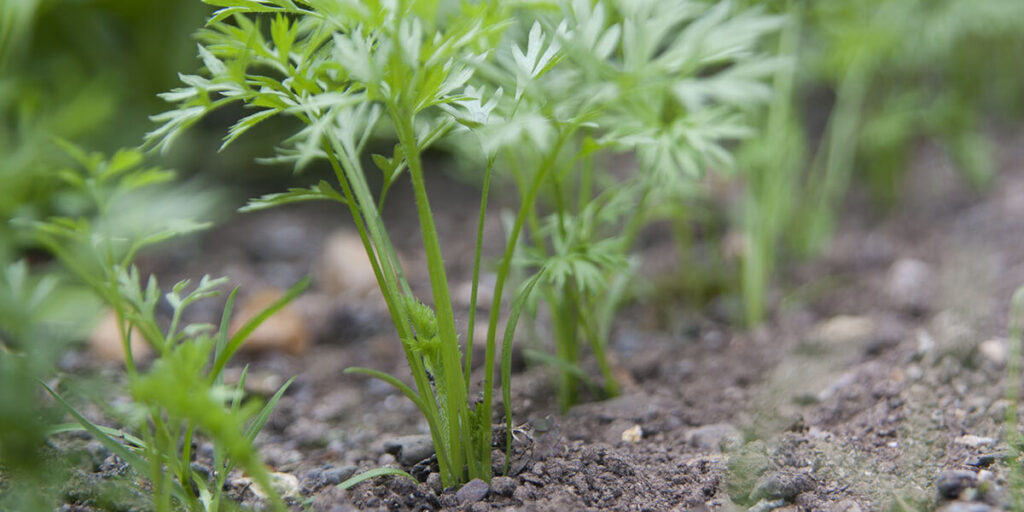
Tip: Start with standard varieties; once you’re confident with the technique, move on to hybrids.
Seeding rate: 1.5–2 times the spring rate to compensate for natural losses.
When to Sow Carrots Before Winter
Wait until the soil freezes, but thaws slightly during the day. Sowing too early may cause the seeds to germinate before frost and be destroyed.
- Use only dry seeds.
- Sow in dry furrows 2 cm deep, spaced 8–10 cm apart.
- If there’s snow, gently sweep it away.
- Cover the seeds with dry peat or a pre-mixed soil blend. Do not water!
Add a 3–4 cm mulch layer or cover with agrofabric for protection.
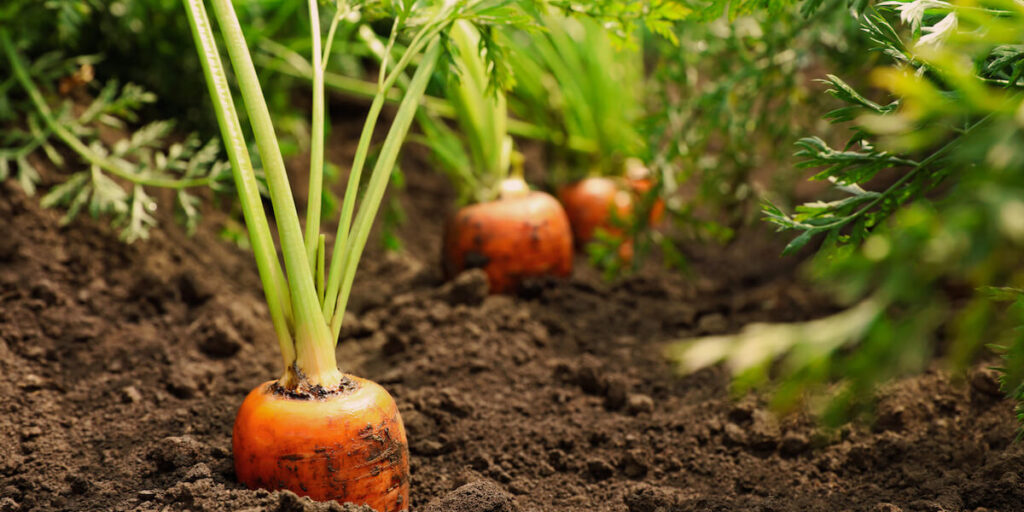
Spring Care for Winter-Sown Carrots
- After snowmelt: Install hoops over the bed and cover with plastic or agrofabric to warm the soil.
- Watering: Start irrigation when the soil dries. Drip irrigation is preferred, but surface watering also works.
- Thinning: After emergence, leave 2 cm between seedlings.
- Fertilizing: Use balanced fertilizers if needed.
- Weeding and loosening: Keep the soil airy and free from weeds to support root growth.
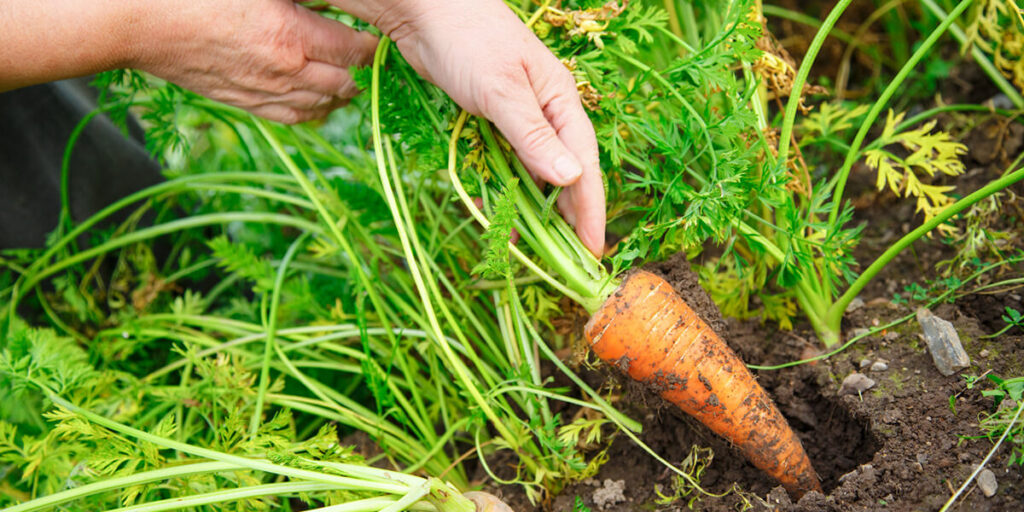
When to Harvest
Start selective harvesting in the second half of June, once roots reach a marketable size. Use the crop fresh — it’s not intended for long-term storage.
Conclusion
Winter sowing of carrots offers:
- An early harvest
- Efficient use of garden space
- Reduced workload in spring
While this method requires some care, more and more gardeners are adopting it each year. Try it — and you might enjoy your first carrots before anyone else does!
If you have found a spelling error, please, notify us by selecting that text and pressing Ctrl+Enter.

